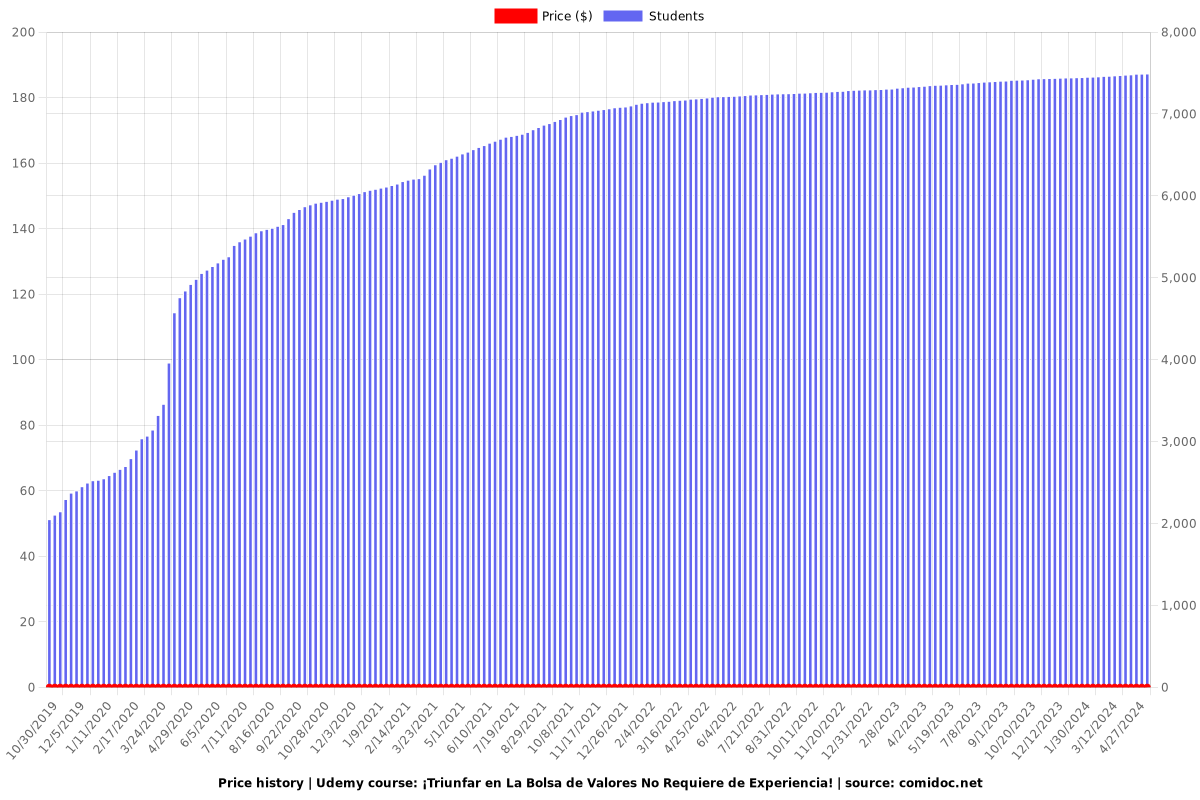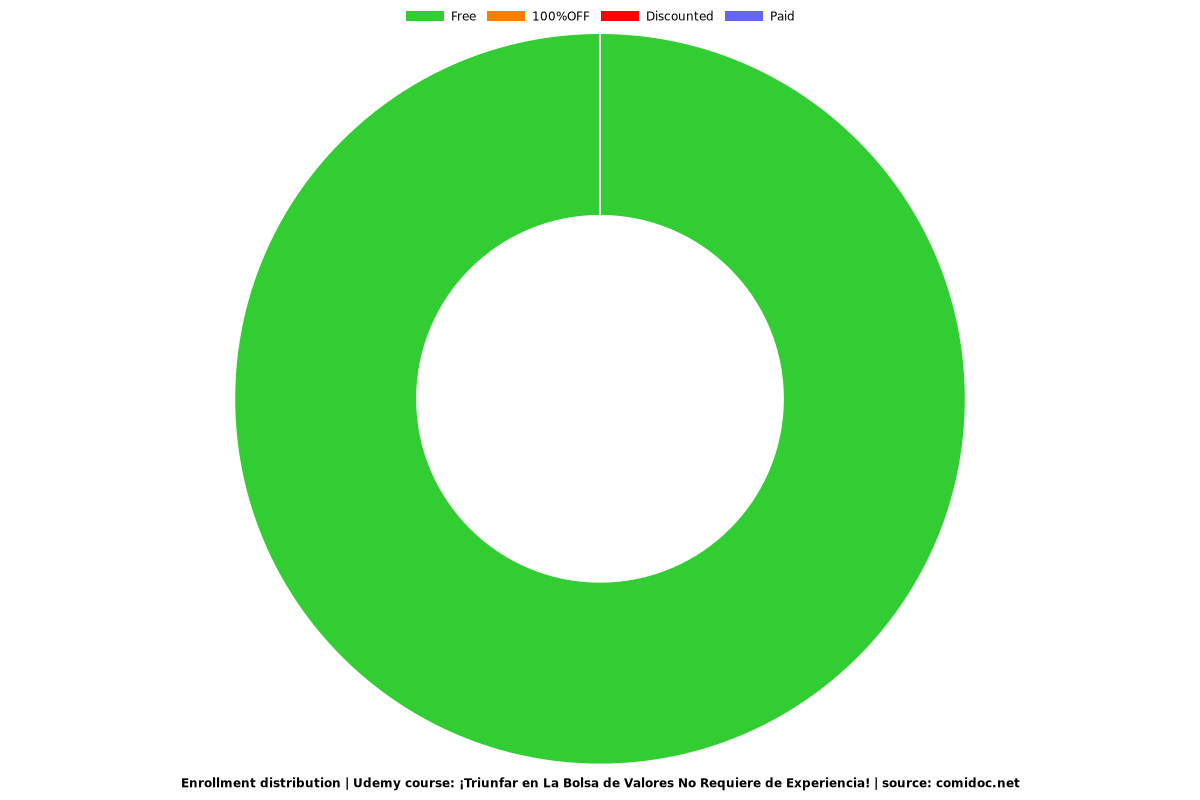¡Triunfar en La Bolsa de Valores No Requiere de Experiencia!
Cómo puede un empleado adolescente no diestro recibiendo salario mínimo convertirse en millonario a sus 60 años.

What you will learn
Comprender y visualizar los aspectos esenciales de la inversión en acciones.
Implementar las mejores estrategias diversificadas.
Investigar sobre estrategias concentradas.
Why take this course?
Recientemente pude entrevistar el tercer inversionista más famoso del mundo, Mohnish Pabrai. Warren Buffet y Charlie Munger le anteceden en esta lista, y le proveen de inspiración y ejemplo
El Sr. Pabrai cuenta la historia de un bibliotecario que murió en 2015 con una herencia de $4 millones la cual donó a la Universidad de New Hampshire (UNH).
Mohnish nos explica una estrategia que le permitiría a un adolescente cualquiera con pocas destrezas y salario mínimo alcanzar éxito financiero.
El joven empleado de McDonald’s, Cocinero, recibirá $15,000 anuales producto de 2,000 horas de trabajo a salario mínimo. Este joven podría ahorrar un 10% y contribuir a los gastos del hogar con el otro 90%. Los $1,500 anuales, tomados de su salario bruto pueden ser depositados en una cuenta ROTH IRA (luego de impuestos) o en una cuenta IRA Tradicional (previo a impuestos).
Este ejemplo es uno conservador. Con motivo de simplificar, se presume que nuestro joven de 18 años no recibe pareo por concepto de su participación en un plan de pensiones 401(K) auspiciado por su empleador.
Es decir, se subestiman los depósitos.
Suponiendo que su estrategia de inversión genera un 9% de rendimiento anual. Ajustando los depósitos por concepto de inflación; es decir que un 2% de inflación incrementa la contribución anual a $1,530.
Cincuenta años más tarde, a la edad de 68 años, Cocinero habrá ahorrado $75,000 de salario bruto.
Según la regla de 72, el tiempo que le toma a un depósito original para duplicarse se puede estimar dividiendo la cifra de 72 entre la tasa de rendimiento promedio obtenido. En nuestro caso, 8 años: = 72 ÷ 9%.
¿A cuánto crecerán estos $ 15,000 de depósitos anuales al termino de 50 años, utilizando un 9% de rendimiento?
Respuesta: $ 1,332,662
Lo anterior puede verificarse en Bankrate punto com utilizando los datos provistos anteriormente para nuestro joven empleado no diestro.
¿Te parece esto razonable?
El libro más respetado en las inversiones, "Essentials of Investments" por los profesores Bodie, Kane y Marcus. En su capítulo dedicado a la Teoría de Cartera de Inversión nos informa que, durante el período de 1920 a 2010, una cartera de acciones compuesta de pequeñas empresas estadounidenses obtuvo un rendimiento promedio de 11.80%, 9.62% para una de empresas grandes y un 9.21% para una cartera de acciones internacionales.
Los datos anteriores son promedios geométricos basados en acciones de mercado.
Si nuestro joven Cocinero hubiese utilizado instrumentos de inversión ETF tales como Diamonds (DIA) o Spiders (SPDR), su rendimiento promedio hubiese sido 9.62% para el mismo periodo.
El éxito financiero de la estrategia de inversión discutida por el Sr. Pabrai se debe a los efectos de una tasa de rendimiento compuesta y del factor tiempo.
El fondo de inversión manejado por Prabai, por ejemplo, ha obtenido un rendimiento promedio de 15% durante sus años de existencia. Lo que aplicado a nuestro ejemplo del joven empleado de McDonald’s significaría un balance de cuenta de $12,450,561 al termino de 50 años. Diez veces el resultado anterior resultado de un 6% de rendimiento adicional.
-Doc Brown
P.D. Inscribete en esta importante comunidad de inversionistas de Mercado.
Screenshots




Our review
Charts
Price

Rating

Enrollment distribution
